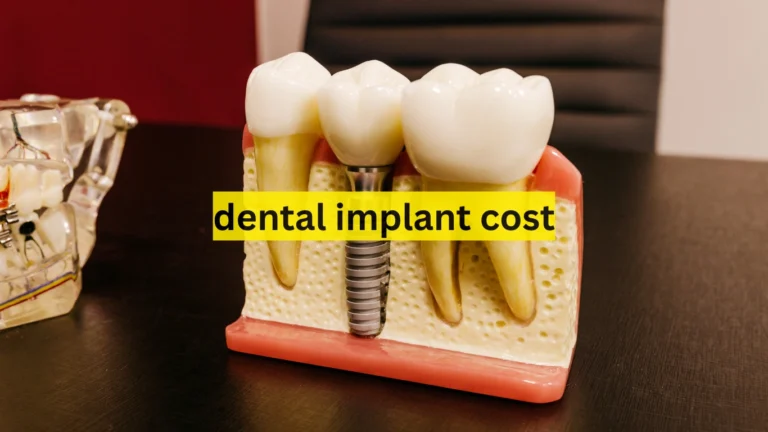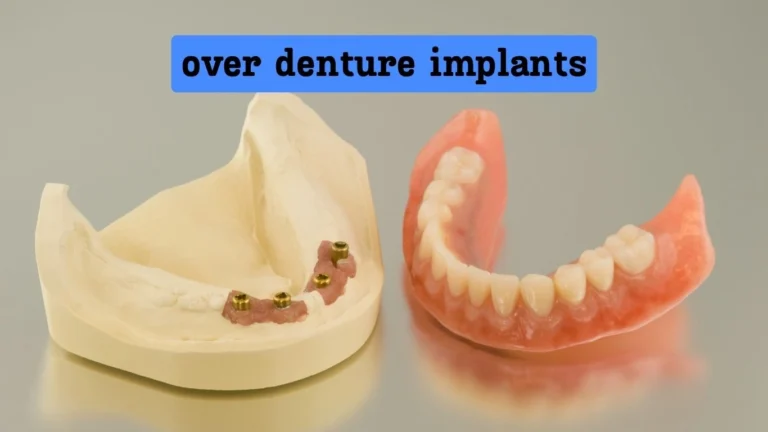Bundle of His: Structure, Function, and Clinical Significance
The bundle of His is an essential part of the heart’s electrical conduction system, playing a key role in maintaining a regular and coordinated heartbeat. This specialized muscle bundle transmits electrical impulses from the atrioventricular (AV) node to the ventricles, ensuring that the heart pumps blood efficiently. First discovered by Wilhelm His Jr. in 1893, the bundle of His has been extensively studied for its role in cardiac physiology and the development of heart rhythm disorders. This article will explore the anatomy, function, clinical significance, and potential disorders related to the bundle of His.
What Is the Bundle of His?
The His bundle is a collection of specialized heart muscle cells that transmit electrical impulses from the AV node to the ventricles. It is located within the heart’s septum, a wall that separates the left and right sides of the heart. The His bundle is approximately 20 mm long and 4 mm in diameter. It originates at the AV node, penetrates the membranous interventricular septum, and splits into two main branches the left bundle branch and the right bundle branch.
These branches further divide into smaller fascicles, which lead to the Purkinje fibers. The Purkinje fibers deliver electrical impulses to the ventricular muscle, causing the heart to contract and pump blood. This coordinated action ensures that the heart functions efficiently and maintains a steady rhythm.
Anatomy of the Bundle of His

The bundle His is located at the lower end of the AV node, near the central fibrous body of the heart. It runs along the interventricular septum and splits into the left and right bundle branches.
- Right Bundle Branch – It branches off at an obtuse angle and crosses the right ventricular septum in the moderator band, attaching to the anterior papillary muscle on the right ventricular wall.
- Left Bundle Branch – It emerges from the interleaflet triangle between the noncoronary and right coronary sinuses of Valsalva. It further divides into the left anterior fascicle and left posterior fascicle, which spread electrical impulses across the left ventricle.
How the Bundle of His Works
The bundle His is critical for ensuring that the heart beats in a coordinated manner. The electrical signal begins at the sinoatrial node, which acts as the heart’s natural pacemaker. This signal travels to the AV node, where it is briefly delayed to allow the atria to contract fully and push blood into the ventricles.
Once the signal reaches the AV node, it is transmitted to the ventricles through the bundle His. The electrical signal travels quickly down the left and right bundle branches and through the Purkinje fibers, resulting in synchronized ventricular contraction. This coordinated contraction ensures that blood is pumped effectively into the lungs and the rest of the body.
Clinical Significance of the Bundle of His
Disorders affecting the bundle His can lead to various heart rhythm problems, collectively known as heart blocks. These blocks are classified based on the location of the damage:
- First-degree heart block – Partial delay in electrical conduction through the AV node or the bundle of His.
- Second-degree heart block – Intermittent failure of electrical conduction through the bundle of His.
- Third-degree heart block – Complete failure of electrical conduction between the atria and ventricles, often requiring a pacemaker.
Types of Bundle of His Blocks
| Type of Block | Description | Cause | Treatment |
|---|---|---|---|
| First-degree block | Electrical signal is delayed but not blocked | Medication side effects, aging | Often does not require treatment |
| Second-degree block | Some signals fail to reach the ventricles | Heart disease, medication, aging | Medication adjustment, pacemaker |
| Third-degree block | Complete failure of conduction | Severe heart disease, aging | Pacemaker required |
Diagnosing Bundle of His Disorders
Diagnosing a bundle His disorders involves a combination of clinical evaluation and advanced diagnostic tests. An electrocardiogram is the most commonly used test to detect conduction delays and heart block patterns. A His bundle electrocardiogram is a more specialized test that records electrical activity within the His bundle, helping to pinpoint the exact location of the conduction defect. In some cases, an electrophysiological study is performed by inserting a catheter into the heart to assess the electrical conduction system directly. These tests help identify the type and severity of the conduction problem, guiding the most effective treatment plan, which may include medications, pacemaker implantation, or catheter ablation.
Importance of the Bundle of His in Heart Health
The His bundle is vital for maintaining a steady and coordinated heartbeat. Its role in transmitting electrical impulses ensures that the heart pumps blood effectively. Any damage to the bundle of His can result in serious heart rhythm disorders that may require medical intervention.
Advancements in pacemaker technology and His bundle pacing have significantly improved the outcomes for patients with conduction disorders. Understanding the structure and function of the this is crucial for diagnosing and treating heart rhythm problems effectively.
Conclusion:
The bundle of His plays a crucial role in maintaining a coordinated and efficient heartbeat by transmitting electrical impulses from the AV node to the ventricles. Disorders affecting the His bundle can lead to serious heart rhythm issues, such as heart blocks and conduction delays, which may require medical intervention. Early diagnosis using ECG, His bundle electrogram, and electrophysiological studies is key to identifying conduction defects. Modern treatments like His bundle pacing have significantly improved outcomes for patients with bundle of His disorders. Understanding the anatomy, function, and clinical significance of the His bundle is essential for managing and treating heart rhythm problems effectively.







